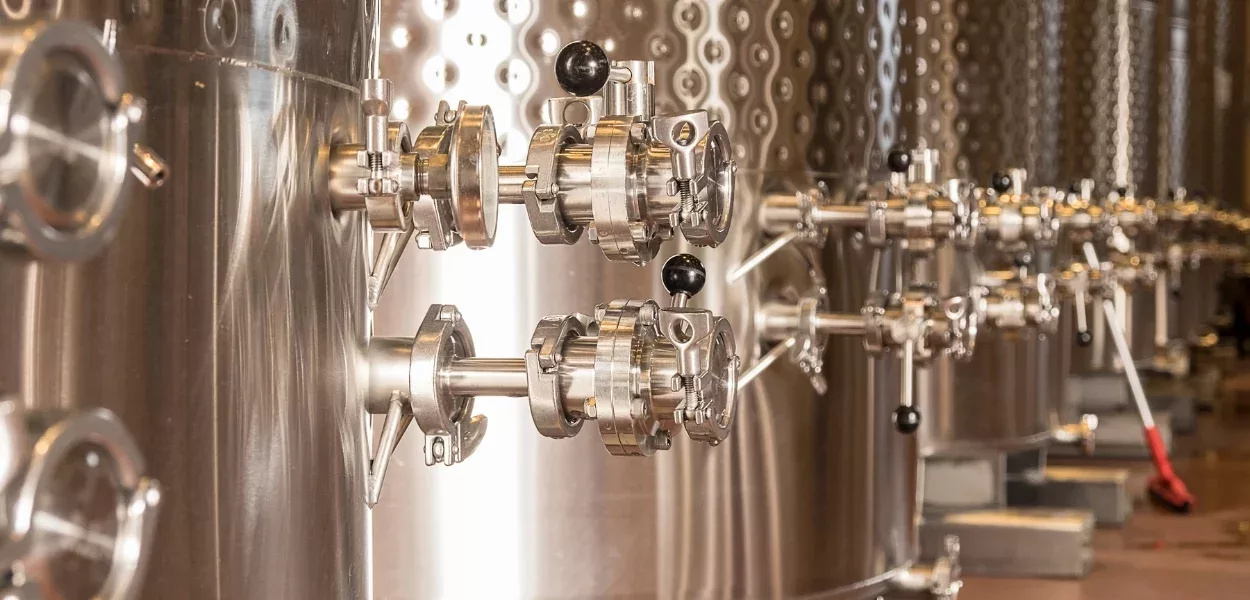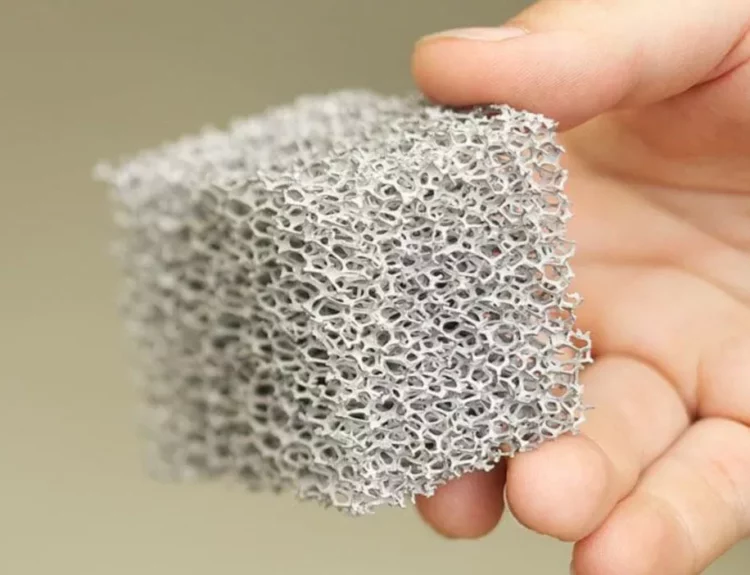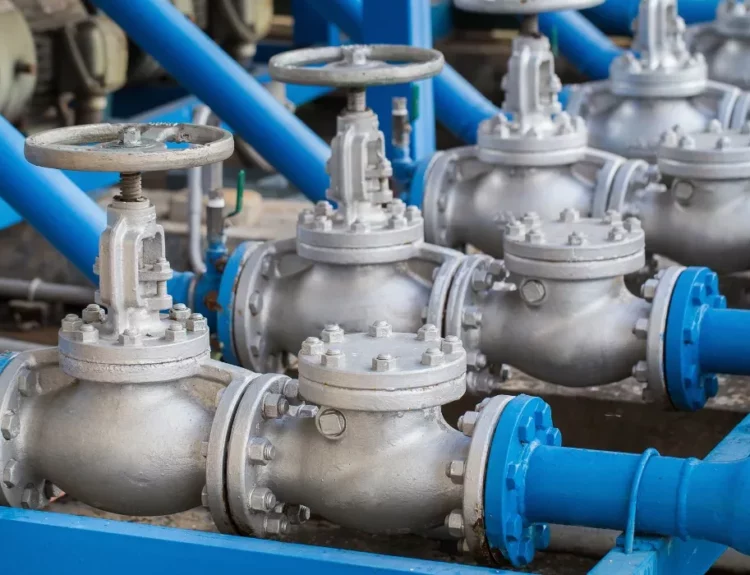In the world of chemical manufacturing and research, high-pressure reactors are akin to the workhorses of the industry. The magic happens in these reactors, allowing chemical reactions to occur under controlled, high-pressure conditions. Let’s break down the importance of these valves in high-pressure reactors in terms that are easy to understand.
The Heart of High-Pressure Operations
Flush bottom valves are designed to fit at the bottom of high-pressure reactors. Their main job is to control the flow of materials in and out of the reactor. Having a valve that can withstand extreme conditions in high-pressure environments is crucial while providing a leak-proof seal. Flush bottom valves are built to handle these demanding requirements, ensuring the reactor operates safely and efficiently.
Safety First and Foremost
Safety is primary in any industrial setting, especially when dealing with high-pressure reactors with high stakes. Flush bottom valves contribute significantly to the overall safety of these reactors. They are engineered to prevent leaks, which could lead to dangerous chemical spills or reactions. By putting a tight seal at the bottom of the reactor, these valves ensure that hazardous materials are contained securely within the reactor chamber, protecting both the workers and the environment.
Efficiency in Material Handling
In chemical processes, every drop counts. Flush bottom valves are designed to minimize waste by ensuring complete drainage of the reactor. Their design reduces dead space where chemicals could get trapped, ensuring the reactor is emptied efficiently. This not only maximizes the yield of the chemical process but also makes cleaning and maintenance of the reactor more straightforward, leading to less downtime and higher productivity.
Withstanding the Pressure
High-pressure reactors operate under conditions that would quickly degrade standard valves. Flush bottom valves used in these reactors are built from materials that can withstand high pressure and corrosive chemicals. These materials are chosen carefully based on the specific chemicals and conditions of the reaction, ensuring the longevity and reliability of the valve, even in the most challenging situations.
Integration with Automation
Modern high-pressure reactors often incorporate automated systems to monitor and control chemical processes precisely. Flush bottom valves fit seamlessly into these automated setups, equipped with actuators and sensors for remote operation and monitoring. This integration is crucial for maintaining the delicate balance required in high-pressure reactions, where even slight deviations can lead to suboptimal outcomes or safety risks.
The Unsung Heroes
While they might not get the spotlight, flush bottom valves are unsung heroes in high-pressure reactors. Their role in maintaining safety, efficiency, and control cannot be overstated. As technology advances and the demands on chemical processes grow, the importance of these valves will only increase. Innovations in valve design and materials will continue to enhance their performance, ensuring that high-pressure reactors can operate at the cutting edge of safety and efficiency.
Conclusion
Flush bottom valves are another component in the complex machinery of high-pressure reactors. However, their role is critical in ensuring these reactors operate safely and efficiently. By providing a secure seal, minimizing waste, and withstanding extreme conditions, these valves are key to the success of high-pressure chemical reactions. As technology evolves, the humble flush bottom valve will continue to be a cornerstone of safety and efficiency in the chemical industry’s ongoing quest for innovation and progress.to
To purchase High Pressure Autoclave, please click the following link.







